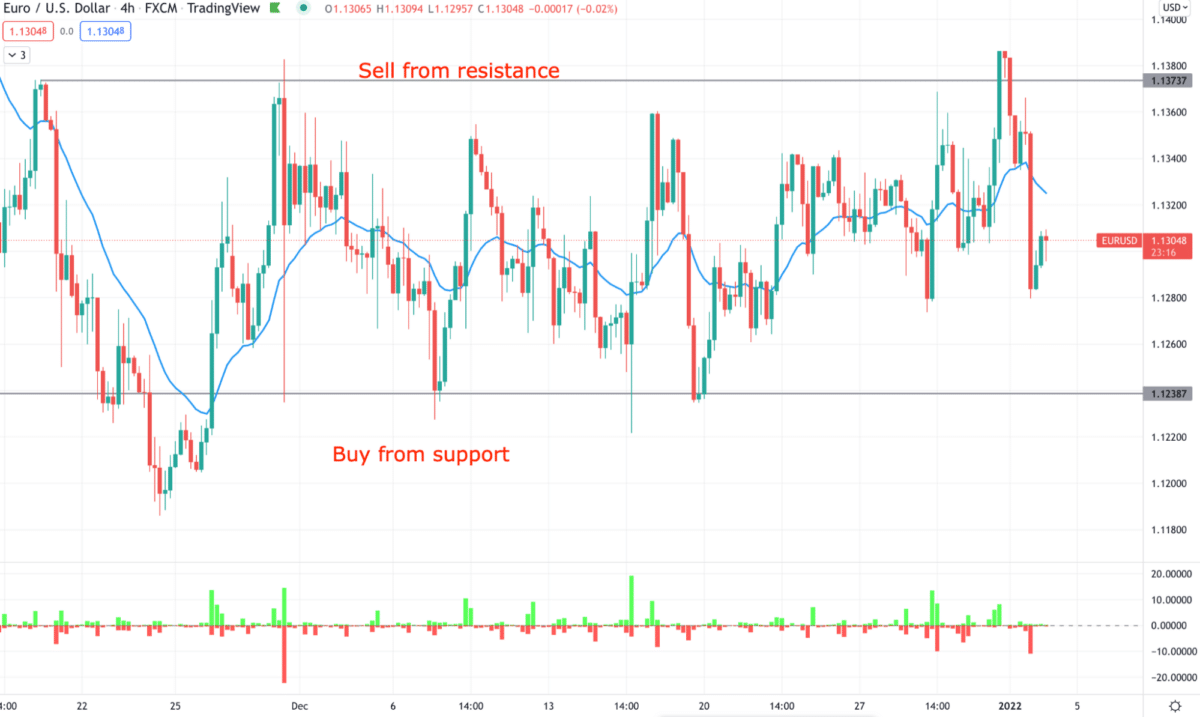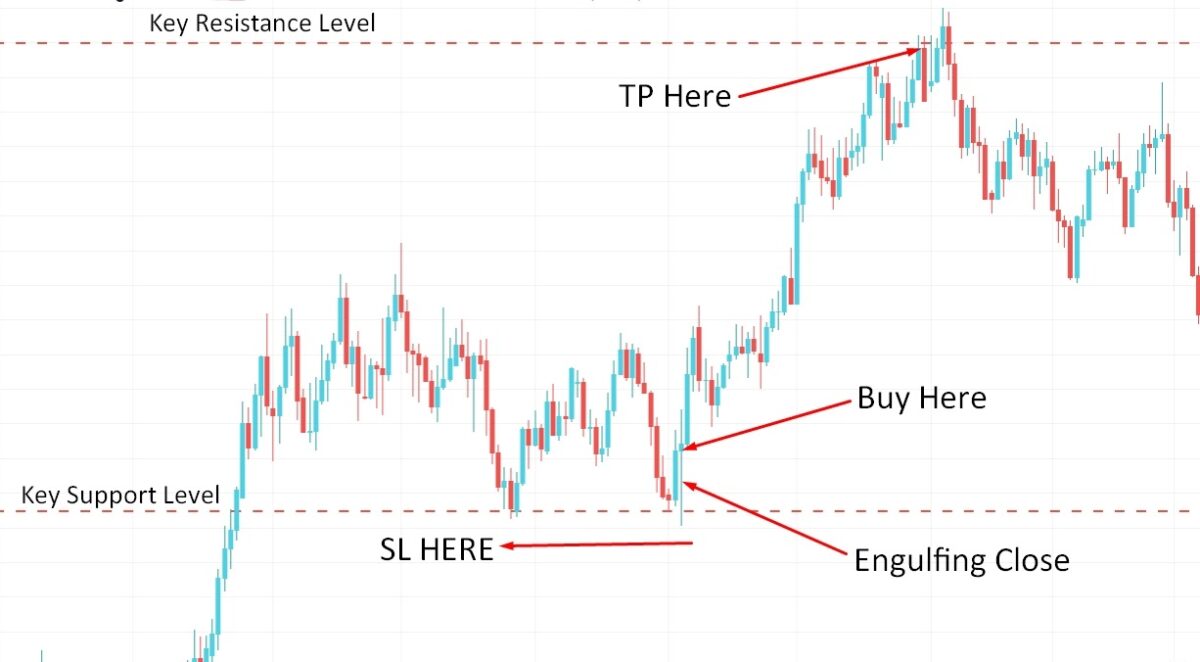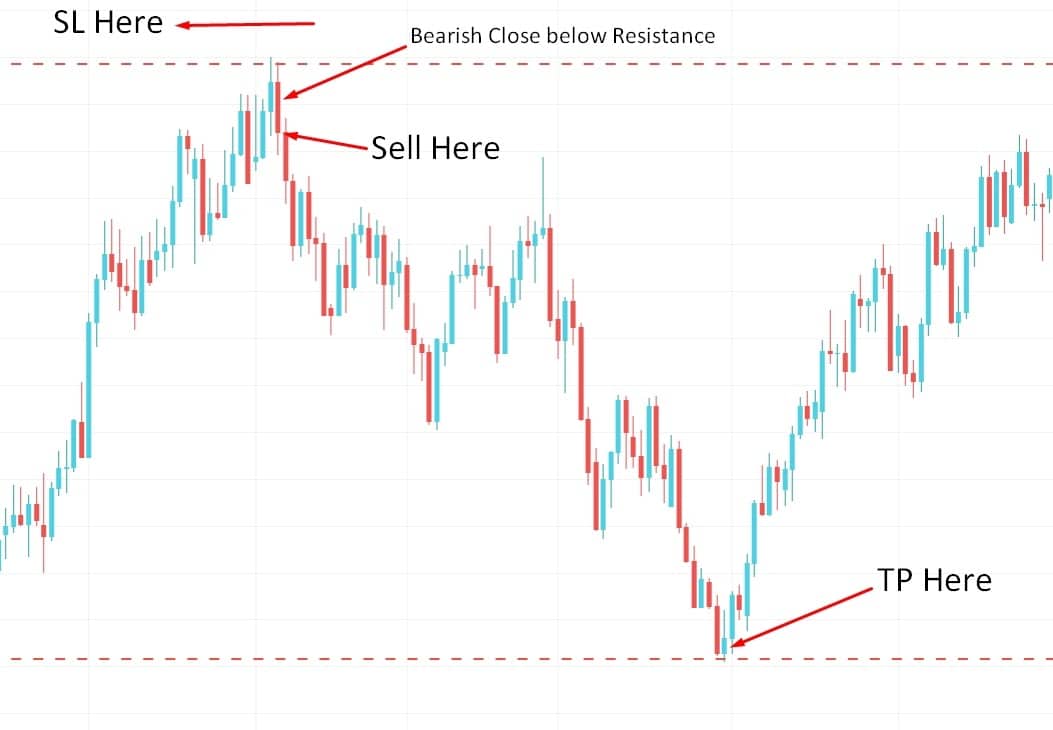Many investors consider the price action (P/A) as a base of all price analysis since it provides the precise signal to trade entry and exit levels. It helps market participants define ideal entry/exit points by observing how candles are coming. Price action also shows the imbalance of the market’s supply and demand.
In financial trading, there is no way to ignore the P/A. You will get a clear idea about the core strategy below.
Three things to know before starting:
- Price action trading does not involve finding the price direction from indicators.
- This method can cooperate with any technical and fundamental analysis.
- The accuracy of P/A trading is high, making it usable by institutional traders.
History of price action trading
The P/A approach uses price and price movements as a vital role rather than other technical tools. Traders rely upon the price movement of certain assets for anticipating price movement since it is the base of such trading. They act following price behavior and seize the most beneficial trade opportunities.
However, most P/A traders do not prefer to utilize technical tools in their analysis. Even if they use indicators, they give very little importance to it in terms of their trading decisions. In the point of view of a P/A trader, the only reliable source is the price and the movement of the price.
The core idea of price action trading is to define what major players are doing in the market by observing the price movement.
What is an analysis of such trading?
Using raw charts is the primary requirement in this trading approach. The knowledge of reading signals that came from the market’s price action aids the market participants in defining the impact of market direction. It also supports determining trades out of periodic P/A patterns that depict shifts or consistency of market sentiments.
Concisely, this analysis involves using the inherent price movement of the market. It implies that traders make decisions based on the price bars. Also, traders use neither any indicators nor news or economic events while making decisions related to the trades.

The P/A is the sole element to concentrate on. The traders who prefer such a style trust that it will indicate all the parameters such as economic data or news events dominating the market to its movement. Hence, instead of interpreting many parameters taking hold of the market daily, it is much effortless to analyze the market and trade.
Moreover, it indicates the activity using the appearance of a trend on the price chart. Pro traders can rapidly figure out these signals and utilize them to make ideal bets on real-time markets.
How to trade using the price action?
P/A trading is a profitable and widely used trading method, and many professional traders and institutions have used this method for a long time. If a market participant learns how the price action trading works, they can make fortunes out of it without any indicator support.
Moreover, because of the repetitious behavior of market members and how they respond to worldwide monetary factors, the price action of a market will, in general, rehash the same thing in different patterns, known as price action trading strategies. However, there are uncountable price action strategies to use in different ways.
Firstly, you have to remove all unnecessary tools to define price action patterns. We prefer to keep the raw candlestick chart because it gives the best idea of market patterns. Later eliminate every one of the indicators and other pointless factors from your charts. You can start drawing the key S/R levels and searching for P/A setups to trade from.
Bullish trade setup

Entry
Place a buy trade when the price had a strong bullish candle close after bouncing from the support level. Before taking the trade, make sure that the broader market trend is bullish, and a candle closes from the support zone.
Stop loss
Place the stop loss order below the support level with a 10-15 pips buffer.
Take profit
Take the profit when the price reaches the next resistance level and have a bearish close below it.
Bearish trade setup

Entry
Place a sell trade when the price had a strong bearish candle close after rejecting the resistance level.
Stop loss
Place the stop-loss order above the resistance level with at a 10-15 pips buffer.
Take profit
Take the profit when the price reaches the next support level and have a bullish close above it.
Pros and cons
| Worth to use | Worth to getaway |
| •Risk management is solid P/A may show precise entry level along with the profit goal and risk. | •Needs a higher dedication P/A trading needs more dedication compared to conventional trading. |
| •Easy to collaborate Market participants can utilize their preferred method to trade with P/A. | •Accumulation of trading tools Market participants must accumulate other tools with price action for a better outcome. |
| •A logical explanation of the price This method is comparatively easy to understand, and it is possible to match it with other methods. | •Hard to find a similarity Interpretation of the signal may vary among the individual traders since they may interpret signals uniquely. |
Final thoughts
Lastly, fledgling traders still in the learning process needed a single method to start trading. Hence, price action trading can be beneficial to all novice market participants. It may become their trading technique for the market participants once they learn to read and decode the P/A signals.
The knowledge about the price action trading may support market participants to execute other tools. No existing method can bring about guaranteed profit, so as the P/A is still trading, traders can master it over time and practice.